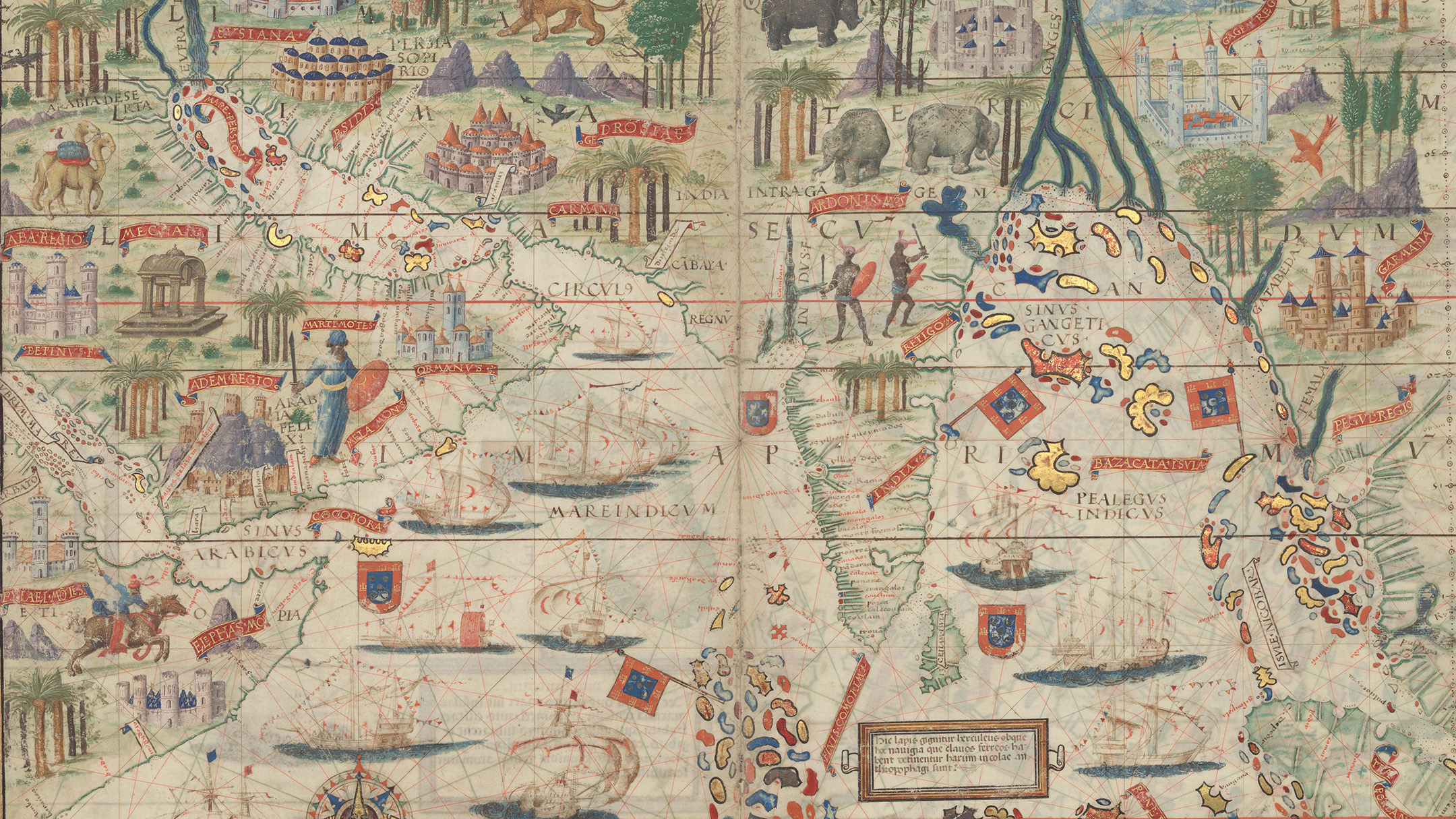Wilburn, Reginald A. "On James Weldon Johnson's Milton and a Sinful Poetics of Anti-lynching (Re)form." Throughlines. www.throughlines.org/suite-content/milton-and-anti-lynchng-reform. [Date accessed].
Milton and anti-lynching reform
A drama not meant to be performed referencing Milton and a stinging indictment of lynch culture.

On James Weldon Johnson's Milton and a Sinful Poetics of Anti-lynching (Re)form | Watch the full talk
Presented by Reginald Wilburn at Poetics: A RaceB4Race Symposium in 2023
Reginald Wilburn analyzes James Weldon Johnson’s anti-lynching poem “Brothers – American Drama” (1916) and its intertextual references to Milton. Johnson, born in 1871, was the first African American professor hired at New York University and the lyricist for “Lift Every Heart and Sing.” Wilburn highlights the Miltonic features in “Brothers” that work as intertextual bookmarks, demonstrating how the poem draws on collateral knowledge that is part of the history of Black appropriation that “chokes and engages” with Milton. Wilburn describes how Johnson’s use of unrhymed blank verse, his subtitle, and his creation of a drama not meant to be performed all reference Milton and create a stinging indictment of lynch culture.





